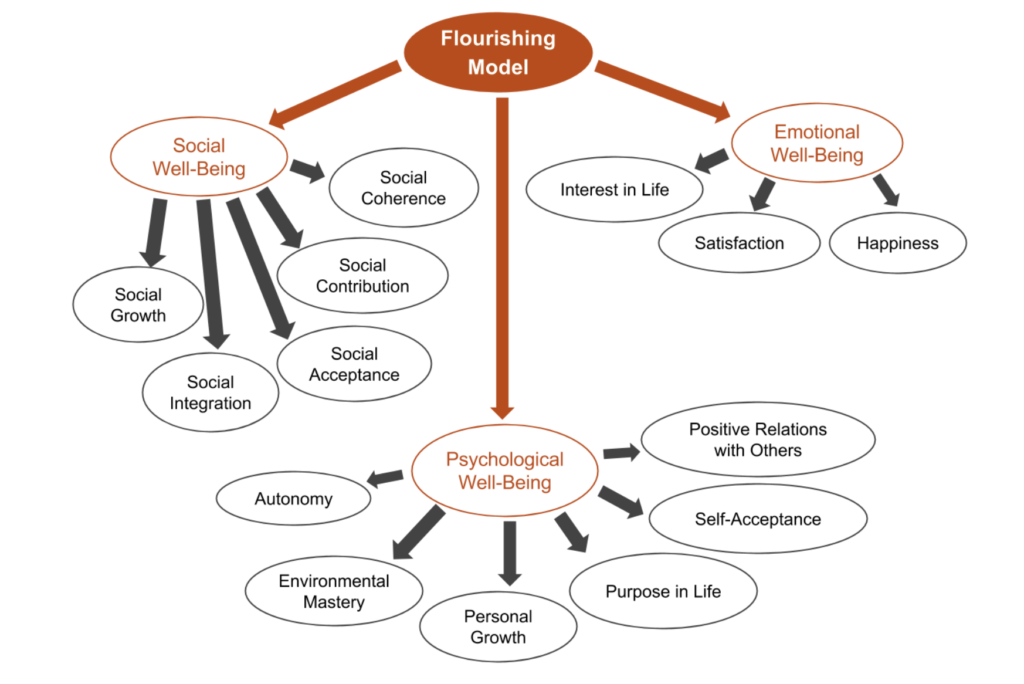What is happiness? Most of us know when we feel it, but how do we go about defining it? Is it a generalized word to describe a wide range of other positive emotions like joy, contentment, and overall positive well-being? Or is it a philosophy of life and thus our conscious decision to be happy or not?
This debate has gone on since time immemorial, and only one thing is for sure: happiness is subjective. It’s the results of numerous factors like an individual’s experience, values, culture, and more that culminate in a positive emotional state. This explains why happiness looks and feels different to everyone.
With Lisa Feldman Barret’s groundbreaking research on emotion, we can learn that happiness can look differently for everyone. Growing up, I never understood the girls screaming and crying for their favorite boy band at a concert. Their faces were flushed from screaming and voices practically half gone before the end of the act. I remember wondering if those girls were happier or more excited to be there than me simply because of their ecstatic expression. I even questioned my own happiness and why I did not react the same even when I felt deep-rooted joy. The honest answer, supported by the latest neuroscience, is there is no right or wrong way to experience happiness because our bodies and mind process these experiences differently. At that moment, I was experiencing happiness as a relaxed state of mind while they experienced it as an utter outpour of emotion.
There are two main views of happiness: hedonic and eudaimonia.
What is Hedonic Happiness?
The concept of hedonic happiness can be traced to as early as fourth century B.C. by the popular Greek philosopher Aristippus. Hedonic happiness suggests that the ultimate goal in life is to maximize pleasure. Psychologists apply the term “pleasure” to both the body and mind. By maximizing your pleasure, you minimize your pain. This view of happiness is popularized by American culture. Hedonism has become synonymous with the best way to achieve happiness in our society. It is often associated with outwardly showing joy and being social to define a person’s happiness. Those previously mentioned screaming girls at their favorite concert embody how American culture has defined hedonic happiness.
What is Eudaimonic Happiness?
In contrast, eudaimonic happiness argues that you are happiness comes from living a meaningful life. The term “eudaimonia” in Greek translates to “good” and “self,” which shows that happiness is influenced by morality and virtue, not just selfish desires. Much like hedonism, the idea of eudaimonia happiness dates back to fourth century B.C. and was popularized by Aristotle’s Nicomachean Ethics. Aristotle believes that achieving happiness came from living a virtuous life. Other popular philosophers like Plato, Marcus Aurelius, and Kant supported this idea of happiness because it focuses on self-actualization. As individuals continue to strive for personal growth and be their best selves, this naturally gave their lives a deeper purpose.
The Flourishing Model coined by Corey Keyes combines emotional well-being, social well-being, and psychological well-being to determine if an individual is flourishing. Keyes notes that mental health exists on a scale from flourishing to languishing. The model identifies the necessary emotional, social, and psychological aspects that make up a flourishing lifestyle. In fact, it is estimated that only 23% of people in the United States are classified as flourishing. In order to meet these requirements, an individual has to have one of the three traits from the emotional well-being segment and six of the eleven traits from the social and psychological category. Where do you fall on the continuum?

Like anything else in life, you need a healthy balance of hedonic and eudaimonic outlooks. It has been mentioned that hedonic behaviors have been linked to an increase of overall positive emotions and attitudes in an individual while reducing negative emotions, stress, and depression. On the other hand, eudaimonic behavior can provide elevated experiences and create a more meaningful lifestyle. Hedonic and eudaimonic contribute to different aspects of well-being, so a person needs a combination of lifestyles to maximize happiness.
My idea of happiness is likely drastically different from yours, and I find that beautiful. At the same time, two people can experience the exact same moment yet react vastly differently, just like at the concert. Human beings often become obsessed with the search for happiness and how to achieve it. In reality, happiness is fleeting; it is a temporary state of being, so when you achieve it, you need to express however you feel right. Whether that be screaming and crying for your favorite boy band or simply sitting back and enjoying the view.
If you enjoyed this perspective on happiness, please read our other blogs on the latest research in psychology and neuroscience. Check out our 1:1 coaching page to explore your options to begin a personal transformation journey today.

